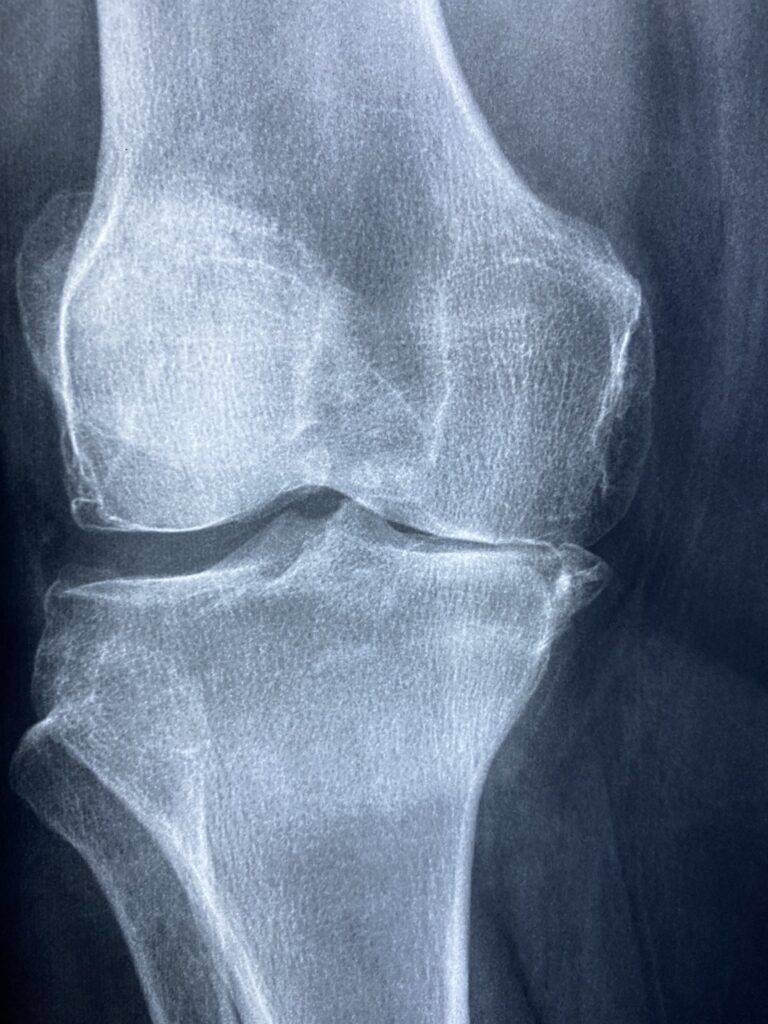Absence Seizures: Understanding a Type of Epileptic Seizure
What are Absence Seizures? Absence seizures, also known as petit mal seizures, are a type of generalized seizure characterized by brief episodes of altered consciousness or “blanking out.” During an absence seizure, the individual may appear to be staring blankly into space and may not respond to external stimuli. These seizures typically last for a few seconds to half a minute and often occur in children, although they can also affect adults.
Types of Absence Seizures There are two main types of absence seizures:
- Typical Absence Seizures: These seizures involve a sudden loss of awareness and responsiveness, accompanied by a blank stare, repetitive blinking or eye movements, and subtle body movements such as lip smacking or hand gestures. After the seizure, the individual may resume normal activities without any memory of the episode.
- Atypical Absence Seizures: Atypical absence seizures are similar to typical absence seizures but may be accompanied by additional symptoms such as brief loss of muscle tone (called drop attacks), repetitive movements, or changes in muscle tone. These seizures may last longer than typical absence seizures and can be more difficult to recognize.
Symptoms of Absence Seizures The main symptom of absence seizures is a sudden and brief loss of awareness or consciousness. Other common symptoms may include:
- Staring blankly into space
- Repetitive blinking or eye movements
- Lip smacking or chewing movements
- Hand gestures or fumbling movements
- Brief loss of muscle tone (in atypical absence seizures)
- Temporary confusion or disorientation after the seizure
Causes of Absence Seizures Absence seizures are believed to be caused by abnormal electrical activity in the brain, although the exact cause is not always known. Possible causes and risk factors for absence seizures may include:
- Genetic Factors: Absence seizures may run in families, suggesting a genetic predisposition to the condition.
- Brain Abnormalities: Structural abnormalities or lesions in the brain, such as cortical dysplasia, brain tumors, or vascular malformations, may increase the risk of seizures.
- Epilepsy Syndromes: Absence seizures may be associated with certain epilepsy syndromes, such as childhood absence epilepsy (CAE) or juvenile absence epilepsy (JAE).
- Developmental Disorders: Children with developmental disorders such as autism spectrum disorder or intellectual disability may be at increased risk of developing absence seizures.
- Environmental Triggers: Certain factors such as sleep deprivation, stress, flashing lights, or hyperventilation may trigger or exacerbate absence seizures in susceptible individuals.
Diagnosis of Absence Seizures Diagnosing absence seizures typically involves:
- Medical History: A thorough review of the patient’s medical history, including seizure symptoms, frequency, duration, and any potential triggers or associated symptoms.
- Physical Examination: A physical examination to assess neurological function, cognitive abilities, and other potential signs of epilepsy or underlying medical conditions.
- Electroencephalogram (EEG): EEG testing is the primary diagnostic tool for confirming the presence of absence seizures. EEG recordings can detect abnormal electrical activity in the brain characteristic of absence seizures, such as generalized 3 Hz spike-and-wave discharges.
- Imaging Studies: Magnetic Resonance Imaging (MRI) or Computed Tomography (CT) scans of the brain may be performed to evaluate for structural abnormalities or lesions that may be causing or contributing to the seizures.
Pharmacological Treatment Pharmacological treatment options for absence seizures may include:
- Antiepileptic Medications: Medications such as ethosuximide, valproic acid, or lamotrigine are commonly used to control absence seizures by stabilizing electrical activity in the brain.
Non-Pharmacological Treatment Non-pharmacological treatment options for absence seizures may include:
- Lifestyle Modifications: Avoiding potential seizure triggers such as sleep deprivation, stress, flashing lights, or hyperventilation can help reduce the frequency and severity of absence seizures.
- Seizure Detection and Safety Measures: Wearing medical alert identification, avoiding activities that could be dangerous during a seizure (such as swimming or driving), and implementing safety precautions at home and school can help protect individuals with absence seizures from injury.
- Behavioral Therapy: Cognitive-behavioral therapy (CBT) or other forms of psychotherapy may help individuals cope with the emotional and psychological effects of living with epilepsy and manage stress, anxiety, or depression related to the condition.
Conclusion Absence seizures are a type of generalized seizure characterized by brief episodes of altered consciousness or “blanking out.” While absence seizures are typically benign and may resolve on their own in childhood, they can still have a significant impact on daily life and may require treatment to control symptoms and prevent complications. Early diagnosis, appropriate medical management, and supportive care can help individuals with absence seizures lead fulfilling lives and minimize the impact of the condition on their overall health and well-being. If you or someone you know is experiencing symptoms suggestive of absence seizures, it is important to seek medical evaluation and consultation with a healthcare professional for proper diagnosis and management.




